European Young Rewilders could not have chosen a more symbolic landscape for the first in-person meetup that took place between 7 and 9 of September than the Oder Delta at the German and Polish border, seeking to strengthen an emerging movement with a bold vision: to make Europe a wilder, more biodiverse place.
The article is written by Léon Gross, (co-)founder of Donut Berlin and www.buerogross.de. Léon is a sustainability transitions researcher, political activist, and social entrepreneur, with an academic background in ecology, economics, philosophy, and urban design. As a member of the European Young Rewilders, he is passionate about weaving nature-positive restoration economies that regenerate ecosystems and build livelihoods for local communities. Photos credits: Hannah Pepe.
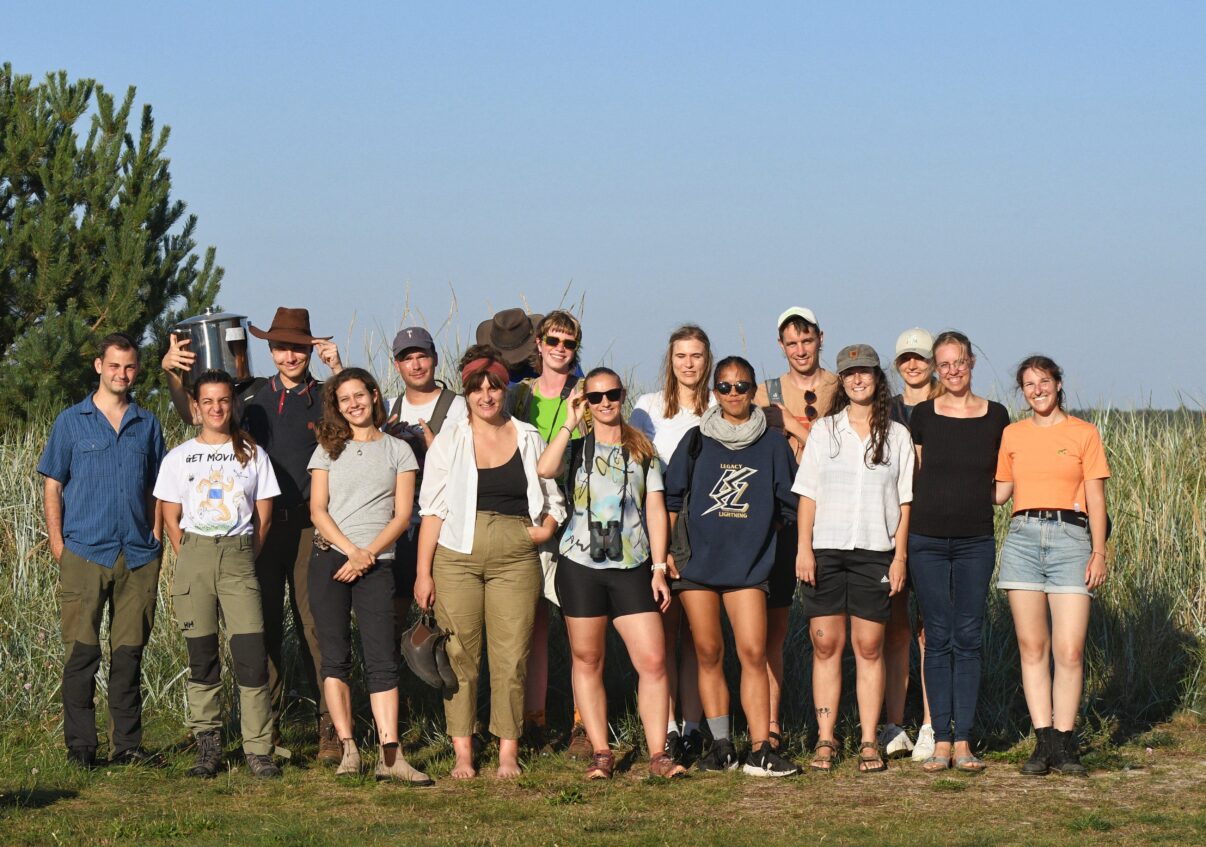
Great things start in deltas. In a fertile river delta in Mesopotamia, humans learned to harness the power of water for irrigation in agriculture, allowing culture to flourish with the first evidence of cities, libraries, domesticated cats, and the written word. African American artists living and performing in the Mississippi Delta evolved what used to be a mix of work songs and spirituals into an acoustic guitar-driven embodiment of suffering, struggle, and triumph, encapsulating the style, genre, and soul of the most iconic sounds of America, “the blues.” Clearly, as European Young Rewilders, we could not have chosen a more symbolic landscape for our first in-person meetup than the Oder Delta at the German and Polish border, seeking to strengthen an emerging movement with a bold vision: to make Europe a wilder, more biodiverse place. This is the story of our two-day gathering.
Who is who? Everyone can be a rewilder
What does it mean to be a rewilder? How do I get involved in rewilding? What does a practical example of rewilding look like in my region? These and other related questions excitedly hovered in the air when we — that is, more than fifteen rewilding and nature restoration enthusiasts from Germany, Denmark, and Sweden — followed European Young Rewilders Coordinator Giulia Testa’s invitation and gathered at a Café and Lodge Resort in Bugewitz. Upon our arrival at the town, we were greeted by the cacophony of birdsong from an energetic flock of starlings whilst catching a glimpse of the majestic wings of a white-tailed eagle. A warm welcome to the Oder Delta after a long journey, a two-hour car-pooled ride from nearby Berlin for some, a ferry across the Baltic Sea for others.
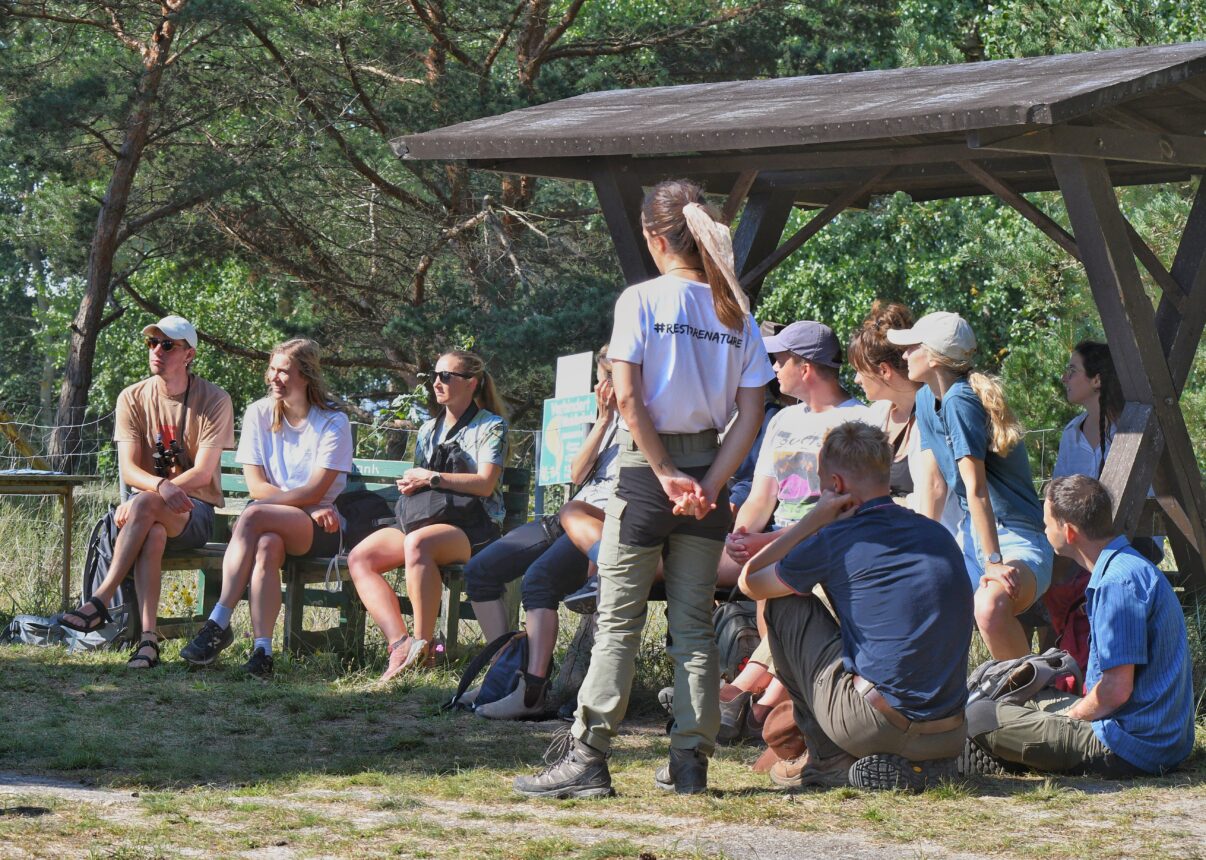
Over delicious coffee and homemade cake, a short introductory round soon starts to spread excitement. The prospect of exploring a hands-on example of rewilding, learning from each other and experts in the field, and building community as a foundation for future collaborations seems to equally motivate everyone. It becomes clear that we bring many different competencies, perspectives, and experiences to the rewilding table, including a diverse range of backgrounds from marine conservation biology to urban design to social entrepreneurship and environmental law. Many of us have switched careers after working as stewardesses or public policy consultants, while others gradually turned their ornithological hobby into a professional bird mapping career. Yet others are searching for ways to “become a rewilder” after finishing, or as part of, their studies.
The network members’ average age is 26 years, which is higher than in many other youth organizations. Rewilding does not yet seem to be a self-evident textbook career choice, but rather an emerging field that young people discover over time as their environmental values solidify, a field they themselves can and will have to build. Everyone can be a rewilder as long as they apply rewilding principles to restore ecological processes and reduce human impact on the environment, be it as a lawyer, communicator, tourist operator or business. For most, the trip is their first touching point with rewilding. May the journey begin.
Day 1: Exploring the Anklamer Stadtbruch
The Oder Delta is a unique region with a rich mosaic of terrestrial, marine, and freshwater ecosystems, strategically located on one of the ecological crossroads in Europe and, since 2015, one of the 10 designated Rewilding Europe areas. The region, which stretches over more than 450,000 hectares, of which nearly 70,000 hectares are the open waters of the “Pomeranian Bay,” is an important stop-over site for migrating water birds using the East Atlantic Flyway. The region is notorious for the “Oder Delta Big Seven”: white-tailed eagles, beavers, Atlantic sturgeon, European bison, elk, grey seals, and the wolf. Both Germany and Poland have recognized the immense value of the area and set aside two-thirds of all land and water for nature conservation and rewilding purposes.
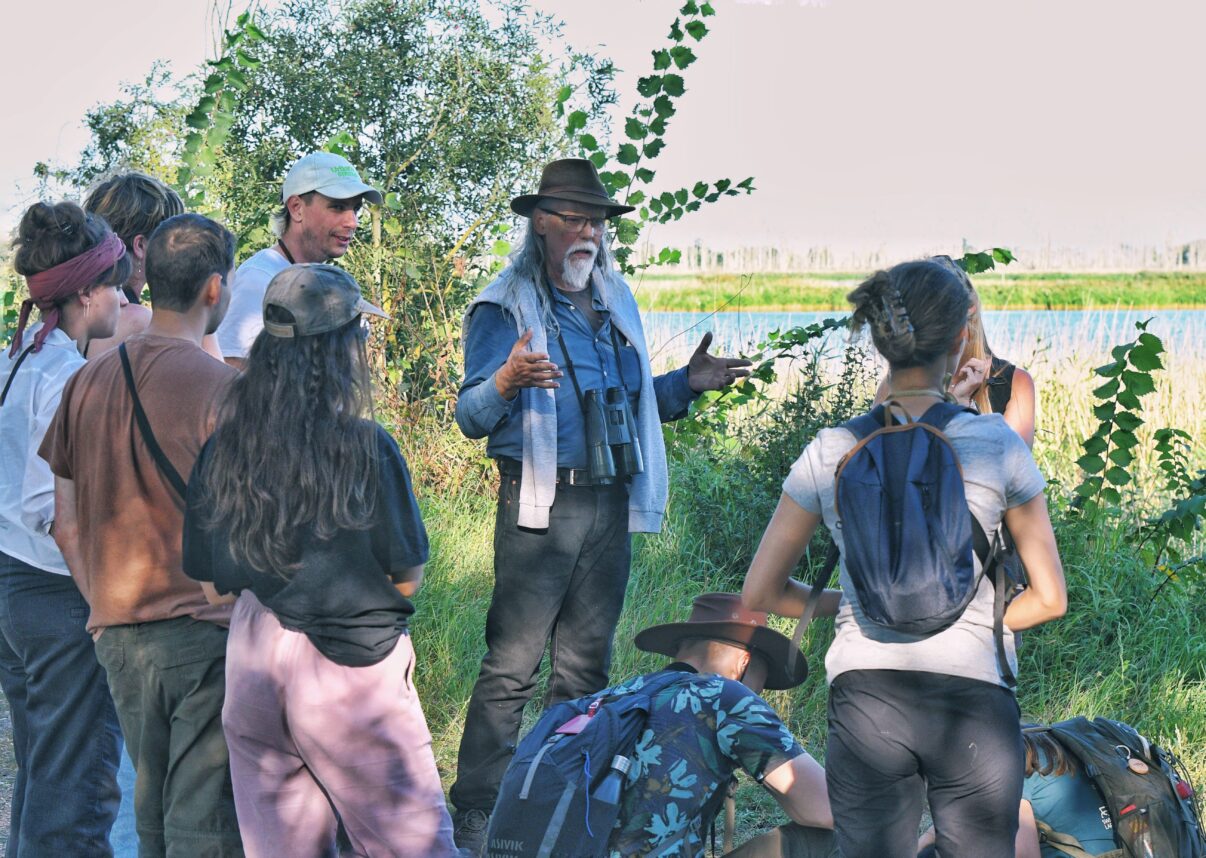
West of the Pomeranian Bay lies the Anklamer Stadtbruch nature reserve, our first field trip destination. Günther Hoffmann, our local guide, has been living in the area for over 25 years and is perfectly equipped to fill us in on the area’s unique geomorphology and ecological history. Due to peat extraction and intensive agricultural use since the 16th century, the soil lies below sea level. When the protective dyke broke during a storm surge in 1995, the area was naturally flooded, enabling an unexpected example of what ecologists call passive rewilding. Under the pressure of NGOs and engaged citizens, local authorities eventually decided to leave the area rewetted, playing into the goals of the Mecklenburg “Moor Protection Program.” At the end of 2018, the NABU Foundation National Natural Heritage acquired 1360 hectares of the Anklamer Stadtbruch and severely restricted previously intensive hunting. Wildlife has since made a spectacular comeback.
Seconds after we arrive, the amplifying vision of a telescope reveals the mesmerizing gaze of a white-tailed eagle on one of the dead trees amidst the inundated bog. We learn about their intricate predator-prey relationship with the congregation of more than 10.000 cormorants on site, which supports the highest breeding density of white-tailed eagles in Europe (a 1.7 reproduction success rate, compared to the average of 0.8!). Further down a gravel path, Günther excitedly shares beaver facts with the group. After local beaver populations had historically been wiped out as they were declared to be “fish” by the Church and hence served as a popular food source during Christian fasting, the animals have bounced back and recovered in recent years. But that is not all; beaver reintroductions have been shown to increase biodiversity by more than 40%: as ecosystem engineers, they create habitat for juvenile fish and insects.
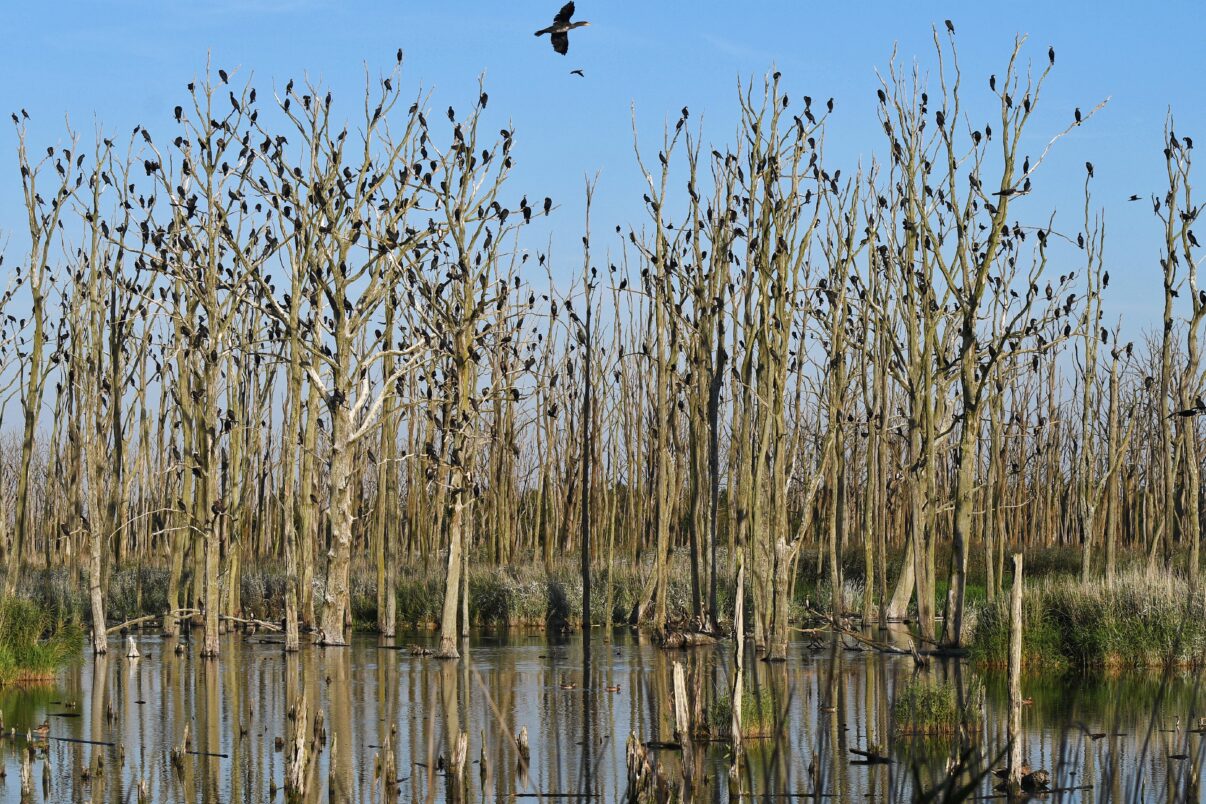
Day 2: Tour of Ruden Island
Following a cosy night in the Postel Hotel in Wolgast, the group sets out to embark on a tour of Ruden Island. Located in the north of the nature reserve “Peenemünder Haken, Struck und Ruden” on the eastern edge of the Greifswalder Bodden and north of the mouth of the Peenestrom, the approximately 24-acre island counts only two inhabitants: Annekatrin Rosa and Frank Erkenbrecher. They are the current volunteers for the Nature Conservation Society of Western Pomerania, carrying out wildlife monitoring and guided tours for visitors as part of a one-year commitment.
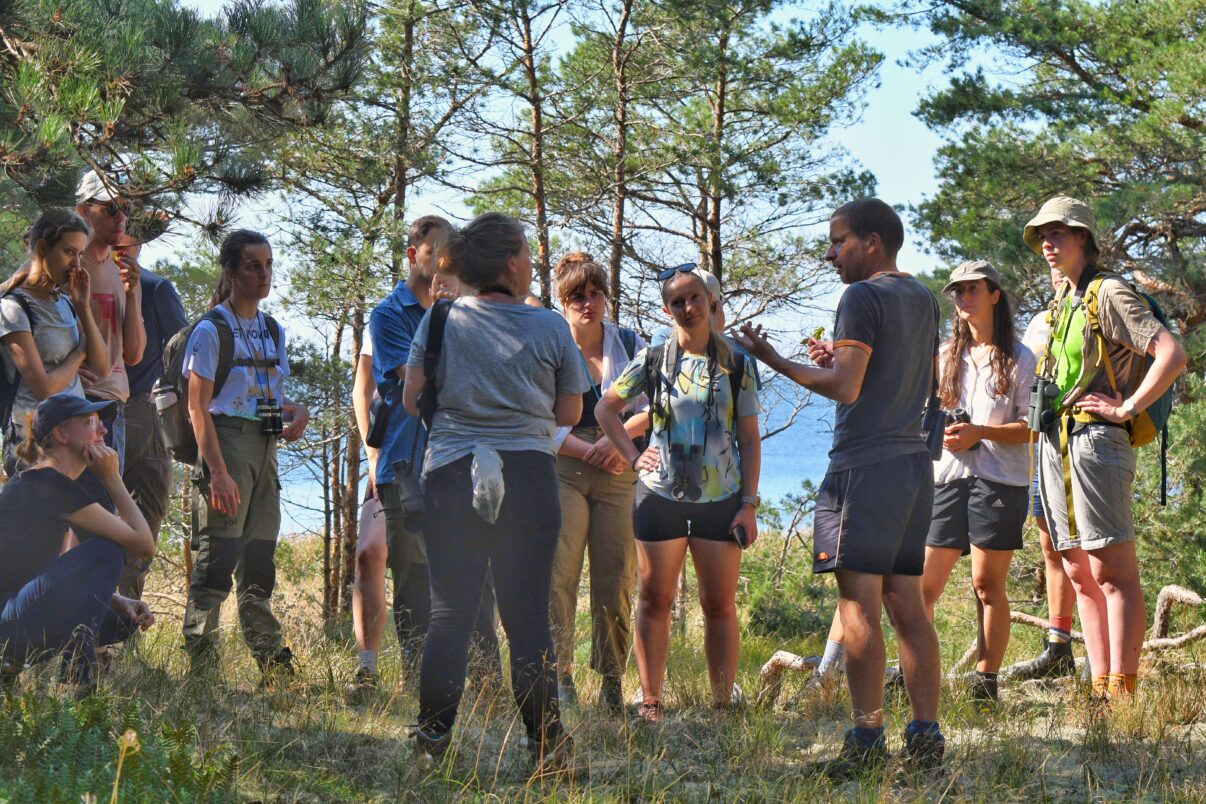
We get a special tour and are allowed to enter parts of the forested area on the northern tip of the island, where access is typically strictly restricted. Through our binoculars, we see the impressive dimensions of a white-tailed eagle nest, which our guides estimate to weigh between 600-800 kg. Garfish skeletons roam the island’s protective stone walls, and we learn about invasive plant species and the supra-regional importance of the island for migratory birds.
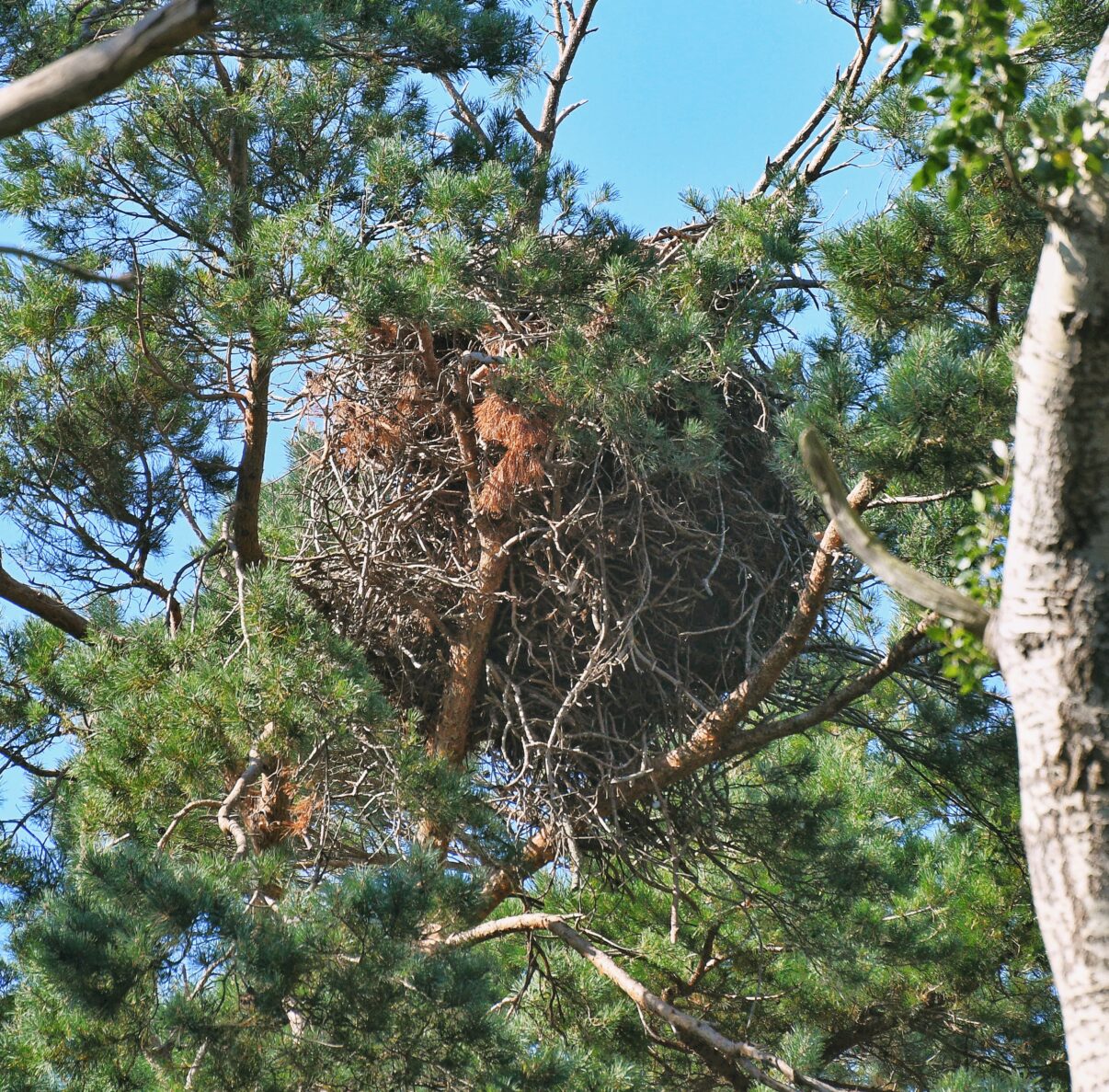
The southern half of the island is characterized by extensive grey dunes with sandy grassland, small salt marshes and a beach lake. From an old military watchtower, which was later used as a radar station, we catch a fantastic view of an almost 1,2 km long stone pier with thousands of cormorants. Katrin Quiring, the Marine and Coastal Ecosystems Officer for Rewilding Oder Delta and co-facilitator of the trip, hopes to see the first marine rewilding measures on the island to be implemented by the end of next year. Her plan is to have sand that will be dredged for the maintenance of a nearby shipping channel deposited around the stone pier to increase the nesting habitat for the many water birds on site, as undisturbed beaches are in the region. While we listen attentively, we spot a grey seal in the distance, and people excitedly form a waiting line behind the telescope, hoping to catch a glimpse of the rare animal.
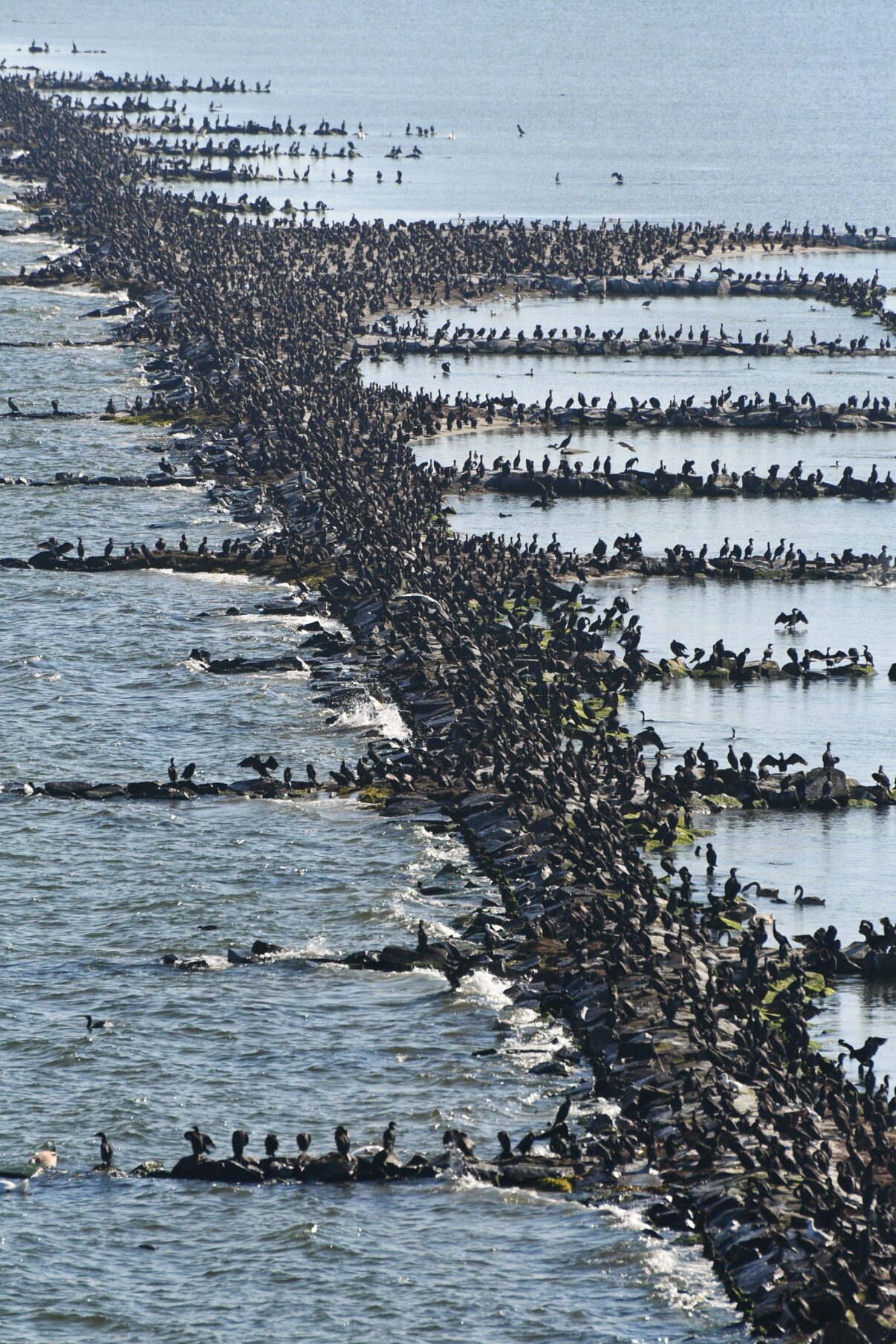 Back at the harbour, Rewilding Oder Delta Enterprise Manager and tour co-facilitator Suleika Suntken elaborates on the governance architecture, ownership model, and financing structure, as well as the oddities of current land use and wildlife management practices in the area. Grounded on the premise that containing the African Swine Flu was an acceptable pretext for preventing wild boar dispersal, the state government has installed 2m-high fences that cut through almost the entire Western flank of the Oder Delta region. The fences leave entire lands fragmented, inhibiting the free migration of other keystone species as well. Although the delta’s transboundary location between German and Polish jurisdictions comes with challenges, there is much to be learned from each other, especially looking at the skewed geographical distribution of elk, wisent, lynx or wolf populations in the region, much more present on the Polish side of the border.
Back at the harbour, Rewilding Oder Delta Enterprise Manager and tour co-facilitator Suleika Suntken elaborates on the governance architecture, ownership model, and financing structure, as well as the oddities of current land use and wildlife management practices in the area. Grounded on the premise that containing the African Swine Flu was an acceptable pretext for preventing wild boar dispersal, the state government has installed 2m-high fences that cut through almost the entire Western flank of the Oder Delta region. The fences leave entire lands fragmented, inhibiting the free migration of other keystone species as well. Although the delta’s transboundary location between German and Polish jurisdictions comes with challenges, there is much to be learned from each other, especially looking at the skewed geographical distribution of elk, wisent, lynx or wolf populations in the region, much more present on the Polish side of the border.
Making rewilding work means giving people work
Although innovative and scientifically sound, rewilding is not a self-evident political strategy. To the contrary, it is contested in a region where the effectiveness of past conservation measures has been called into question, and the notion of “wilderness” runs counter-intuitive to a structurally and historically underserved rural, East German and Polish community. To build local pride and identification with Rewilding Oder Delta’s vision of a wilder place that, at some point, ought to be managed by nature itself, bringing people on board is key. In some sense, our visit offered a glimpse of what could become a model project for a nature-positive restoration economy, which debunks the widespread conviction that nature and economy are opposing forces. The return of nature can create new sources of income.
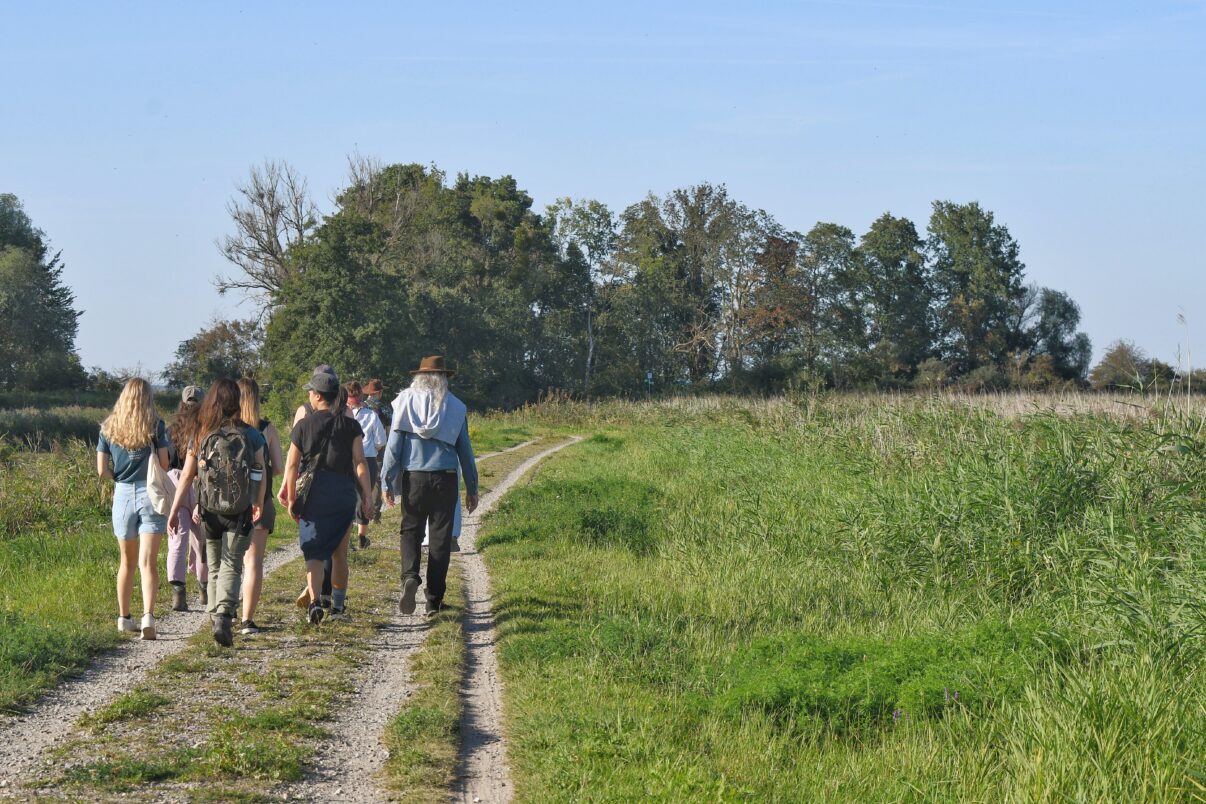
This new economic story seems to start working: increasing tourism means more money for the local economy. Locals living around the lagoon have opened new B&B’s, small hotels and restaurants serving fish specialities from the delta and the Pomeranian Bay, together with vegetables from the gardens and fields, berries and mushrooms from the forests, and meat from free-ranging cattle and game. Associations have adopted new and less disturbing hunting methods and guide wildlife-watching tours. Areas with no-take zones have been created and have become sanctuaries for wildlife. Fishermen have voluntarily reduced or seasonally stopped fishing in the most important spawning and migration areas in the lagoon, increasing fish numbers.
These developments are fragile tendencies, however. As young people, we are aware that many grants and job opportunities in nature conservation have vanished during an energy-price-induced inflation and economic crisis. Many of the participants, therefore, take this trip as a source of inspiration and a starting point for new collaboration, alliances, and projects — and, ultimately, a more resilient rewilding landscape in Europe. Some have planned meetings after the gathering, seeking to organize follow-up events and their own rewilding interventions. And who knows, maybe – in a few years – we will find that great things truly happen in deltas — not only for human civilization and in music, but also for the more than human world.